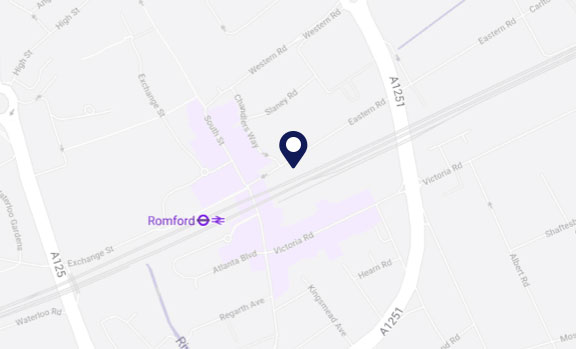Dispute Resolution
Forfeiture against Commercial Subtenants
If there has been a breach of lease covenants or non-payment of rent by the Tenant, the Landlord may decide to exercise their right to forfeiture (providing this clause is contained within the Lease).
Depending on the clauses contained within the Lease, a tenant maybe in breach if they unlawfully assign the lease or sublet the property. This is where the tenant will allow a third party to occupy the property or take over the lease without the Landlord’s consent and, sometimes, knowledge.
The Landlord may choose to forfeit the lease if their tenant is no longer able to pay rent and their rent becomes in arrears. If a Landlord forfeits the lease, then the underlease will also typically end. However, issues may arise where the sub tenant does not want the underlease to end or in some cases, where the existing Tenant acts as mesne Landlord and assigns the lease to the Subtenant who is unaware, they have entered into an unlawful tenancy agreement. The sub tenant may then become a protected lessee making it difficult for the Landlord to forfeit the lease.
I think I have an unlawful subtenant what should I do?
A subtenant may become a protected lessee if the Landlord has knowledge of the subtenant and accepts rent off them. If the Landlord becomes aware that there is a subtenant in the property without their consent, then they should not accept rent off the new tenant and should quickly seek legal advice to rectify the breach by service of a S146 Notice.
Options available to subtenants
If the Landlord were to proceed with forfeiture of the Lease, due to the Tenant’s ongoing breach and failure to rectify the breach following service of the section 146 Notice the sub tenant may decide they wish to remain in occupancy and apply for relief from forfeiture.
If the Subtenants’ application is successful, the court can make a vesting order which will permit the Subtenant to take over the headlease. However, the court also has the power to impose conditions on the lease, such as, requiring the undertenant to rectify the (existing) tenant’s breaches of covenant and bear the costs of the application.
Subtenants must ensure that if they intend to apply for relief, they do so within six months of the date of the landlord taking possession.


















Emma Boys-Smith, Trainee Solicitor in the Commercial Property Team said:
“Our Dispute Resolution team can assist with Landlord and Tenant Disputes including Court applications, possession matters and forfeiture notices. Alternatively, our Commercial Property team can assist with drafting and advising on commercial leases including assignment of a lease and varying an existing lease as well as surrendering a lease.”